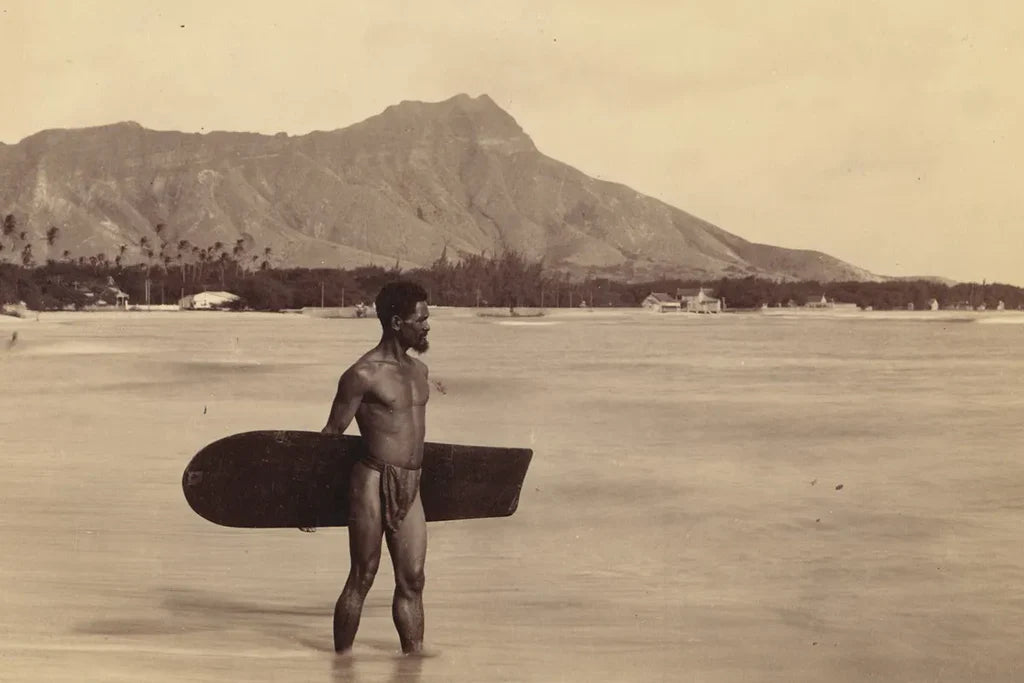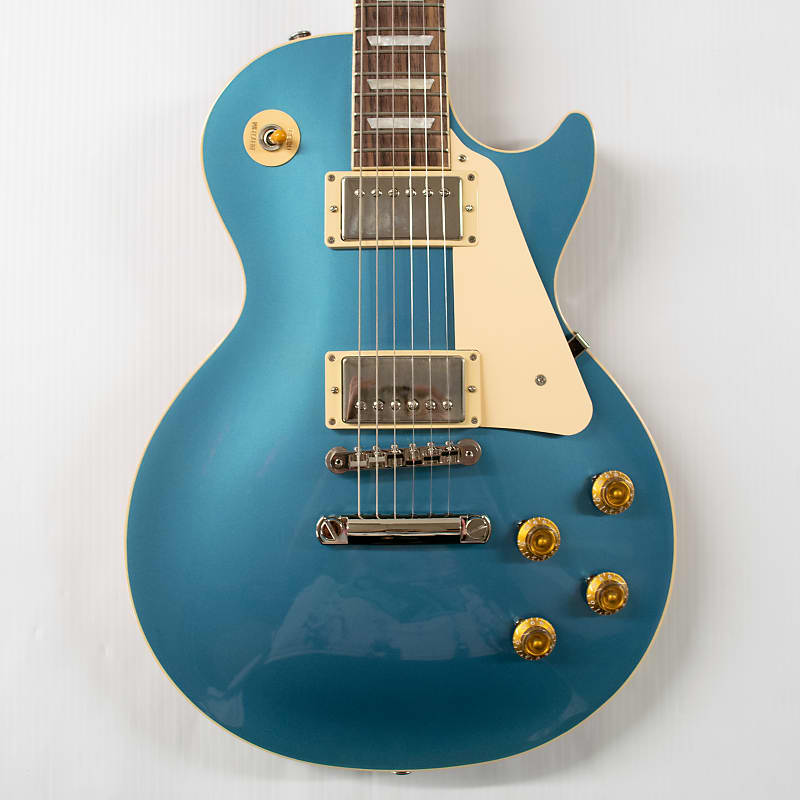History of the Compact Camera Patent
The first camera can be traced back to the ancient Greeks and Chinese. These civilizations invented a simple optical device called the camera obscura. While this device couldn’t capture and store landscapes, it could project exterior scenes onto a surface or wall. This device remained popular for thousands of years, despite its simple design. Artists like Leonardo Da Vinci used these light projections to add depth to their art.

The first “frozen” photograph was taken in 1827 by Nicephore Niepce. This ended a highly competitive race between Britain and France to develop photographic technology. The French beat Britain again 11 years later when Louis Daguerre took the first picture of a human being, difficult at the time because of the long exposure times needed to capture objects.

In 1884, George Eastman enabled broad adoption of photography by inventing the film role. This invention led his company, Eastman Kodak, to create the first mass-produced cameras. Kodak’s Brownie camera was an instant hit in 1900 and went on to sell millions of devices through the 1960s.

Just after WWII, a new camera took the world by storm. The Single Lens Reflex (SLR) camera had been around since the 19th century, but didn’t reach mass adoption until scientists made them smaller. SLRs ultimately became the go to camera for expert photographers as they had more accurate viewfinders. The Polaroid camera emerged in 1948 and went on to become one of the best-selling cameras of all time. Eventually, technology enabled the rise of digital cameras.

In 1902, soon after the Kodak Brownie was invented, Frank Brownell of Rochester, New York was granted a patent for a new camera design that was assigned to the Eastman Kodak company (where he was an employee). Brownell invented an accordion-style mechanism that allowed the camera lens to be pulled out of the camera, creating a long focus lens. Brownell’s design remained under Kodak’s control until 1919 when the patent expired.
Check out the patent




